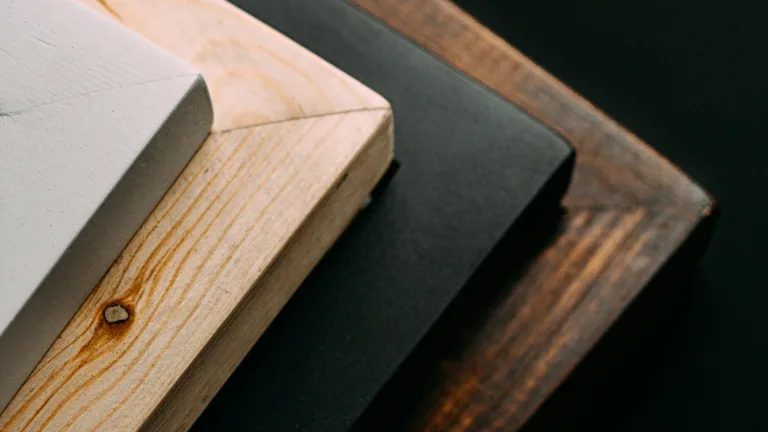We're excited to announce that we took home gold for Best Sign Shop and silver for Customer Service in Raleigh’s Best of the Best!
Choosing the Right Materials for Your Custom Sign
A guide to different sign materials and their ideal uses.


When it comes to creating a custom sign, the material you choose plays a crucial role in its durability, appearance, and effectiveness. The right material can enhance your brand’s visibility, withstand environmental factors, and create the perfect first impression. We’ll explore some of the most popular sign materials and their ideal uses to help you make the best decision for your signage needs.
1. Metal & ACM (aluminum composite material) Signs
Best for: Outdoor business signs, industrial settings, office plaques
Metal signs, including aluminum and stainless steel, are known for their durability and sleek, professional look. Aluminum is lightweight, rust-resistant, and perfect for outdoor use, while stainless steel and brass provide a high-end, polished appearance ideal for office and business signage.
✅ Pros: Weather-resistant, long-lasting, modern and professional aesthetic
Considerations: Can be heavier (depending on the metal), typically higher cost
2. Acrylic Signs
Best for: Indoor office signs, lobby signs, dimensional logos, awards and engraved plaques
Acrylic is a versatile material that mimics the look of glass but is more lightweight and shatter-resistant. It’s often used for backlit signs, office branding, and interior wayfinding signs. Available in a range of colors and finishes, acrylic signs can be printed, etched, or layered for a dimensional effect.
✅ Pros: Lightweight, sleek appearance, customizable
Considerations: Can scratch easily, not ideal for extreme outdoor conditions
3. HDU or Wood Signs
Best for: Boutique stores, restaurants, parks, home décor, vintage-style branding
Offering a warm, rustic charm that works well for businesses looking for a traditional or handcrafted feel, HDU or wood can provide warmth and depth. These signs can be routed or laser-engraved and painted for a custom look. Given the natural characteristics of wood, each sign can have a slightly unique feel or texture, making it truly one-of-a-kind.
✅ Pros: Unique, natural aesthetic; customizable with routing, engraving and paint
Considerations: Requires sealant and maintenance to prevent warping or rotting outdoors
4. PVC & Coroplast Signs
Best for: Short-term signage, trade shows, retail promotions, indoor displays
PVC and other plastic-based materials are affordable and lightweight, making them a great option for temporary or short-term signage. These materials can be direct printed, painted, routed or contour cut to fit your space and need.
✅ Pros: Budget-friendly, lightweight, weather-resistant options available
Considerations: Less premium feel, not suitable for long-term exterior use
5. Vinyl Signs
Best for: Window and wall graphics, banners, event signage
Vinyl signage offers a cost-effective and highly customizable solution for many needs. Vinyl signage can be contour cut and full-color printed. Frosted vinyl can be used for privacy and perforated vinyl can be printed and allow for one-way visibility from the inside. Non-slip floor vinyl can be used to direct traffic or for a promotional message on sidewalks or floors. Banners provide a flexible temporary sign option for events and promotions and can have grommets or pole pockets for easy installation.
✅ Pros: Budget-friendly, easy to transport, highly customizable, removable
Considerations: Not as durable for long-term use
6. Vehicle Graphics
Best for: Fleet branding, cost-effective advertising, vehicle personalization
Vehicle wraps and graphics are a fantastic investment for businesses and individuals alike. They are a mobile advertising powerhouse, providing your company with a rolling billboard 24/7. Whether it’s a full wrap, partial wrap of simple graphics, each graphic is customized to fit the vehicle and your brand or vision. A well-designed wrap adds credibility and professionalism to your fleet.
✅ Pros: One-time investment with long-term benefits, protects your cars original paint, easy to update or remove
Considerations: Special wash and care is needed, wraps should be updated every 5-7 years (depending on care and weather) to prevent cracking or peeling
Choosing the Right Material for Your Sign
When selecting the best material for your custom sign, consider:
✔ Purpose: Indoor or outdoor? Temporary or permanent?
✔ Location: Exposure to weather? High-traffic area?
✔ Durability: How long does the sign need to last?
✔ Budget: Are you looking for a premium material or a cost-effective solution?
✔ Aesthetic: Does the material align with your brand’s style?
SignCraft Solutions is here to help you design and customize signs with the right materials for your needs.

